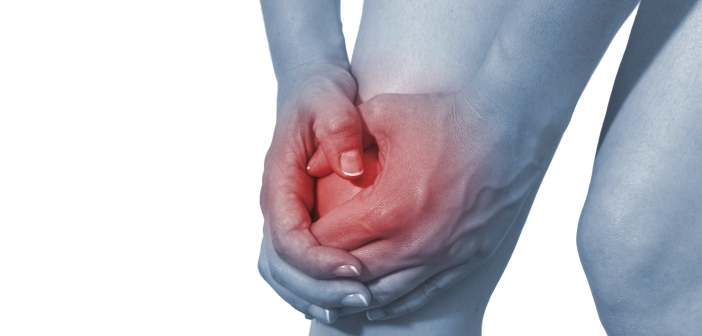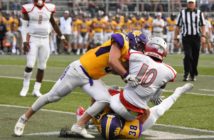A tear of a meniscus basically involves the tearing of at least one, though sometimes more, of the menisci in the knee, which are fibrocartilage strips. The tearing of this cartilage can happen for a number of reasons, though commonly results due to heavy pressure placed onto the knee due to playing sports or anything else that causes a severe twisting of the knee when in a bent position. In general, there are multiple types of meniscus tears, though the symptoms involving both are highly similar. The following will provide an in-depth look at what these symptoms are.
Types of Meniscus Tears
There are two basic types of meniscus tears, known as the lateral and medial tears. The lateral meniscus is on the outside of the knee, while the medial meniscus is on the inner portion of the knee joint. The severity of a meniscus tear, as well as the size of the tear, and therefore the time in which it takes to heal, can vary wildly. A meniscus can even be split in half at its most severe, which is why getting treatment immediately after suspecting that a tear has occurred is so important.
Symptoms of a Meniscus Tear
As the severity of a meniscus tear can range from mild to extremely severe, there are also a wide range of symptoms associated with a meniscus tear. If you play sports, a meniscus tear can happen quite rapidly, with the first symptoms typically taking the form of a popping sensation in the knee. Knee pain and swelling will start to occur almost immediately after the tear has taken place, with the pain flaring up when the knee is twisted or rotated. If the knee actually feels better when it’s bent and worse when the leg attempts to be straightened, this is a definite sign that you are suffering from a meniscus tear. In fact, if joint locking occurs, it can be practically impossible to fully straighten your leg.
The pain that you are experiencing will feel worse when you attempt to run, though this symptom doesn’t automatically indicate that you are suffering from a meniscus tear, which is why it’s essential that you schedule an appointment with your doctor immediately to ascertain the cause of the pain. One of the most painful symptoms commonly associated with a meniscus tear involves the sensation of the knee giving way. Since the tearing of a meniscus tends to result due to the twisting of the knee when in a bent position, it’s usually relatively easy to identify when the injury and trauma to the knee may have taken place. If your symptoms have started around this time, then it’s likely that you’ve experienced a tear of the meniscus. These symptoms typically show up within 24 hours of the initial injury.
According to Ortho Memphis, “Another symptom of a meniscus tear that appears in well over 90 percent of cases is indicated by additional pain in the knee when turning over or on your side at night when sleeping. While the majority of tears are immediate, it is possible for a tear to develop over a substantial period of time, as the tear starts to form. If this is the case, you will notice a pain in the knee that becomes more and more noticeable over time, especially around the joint line.” There are times when pain won’t be hugely present and you might instead feel a sensation that your knee is abnormally tight and stiff, which also indicates that a tear has occurred. If you notice any of these symptoms, treatment is necessary.




